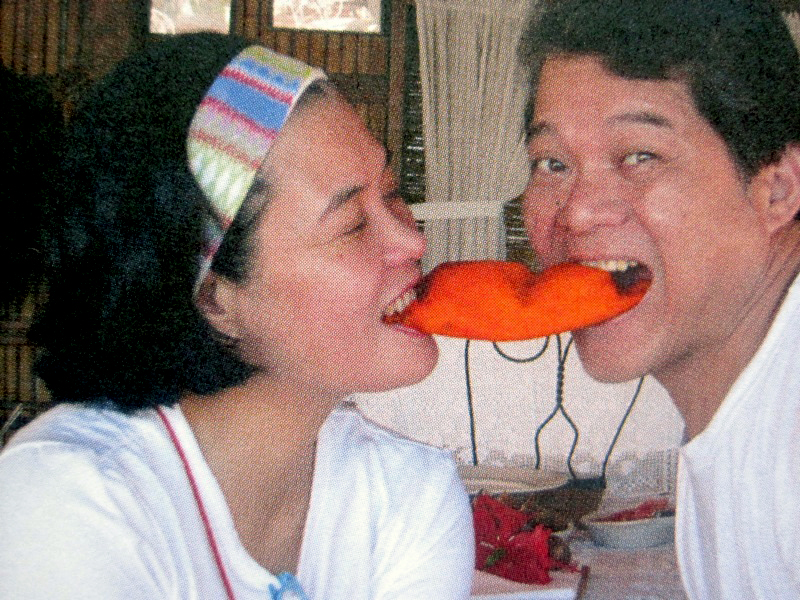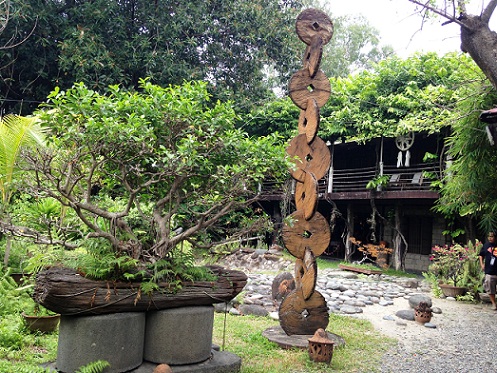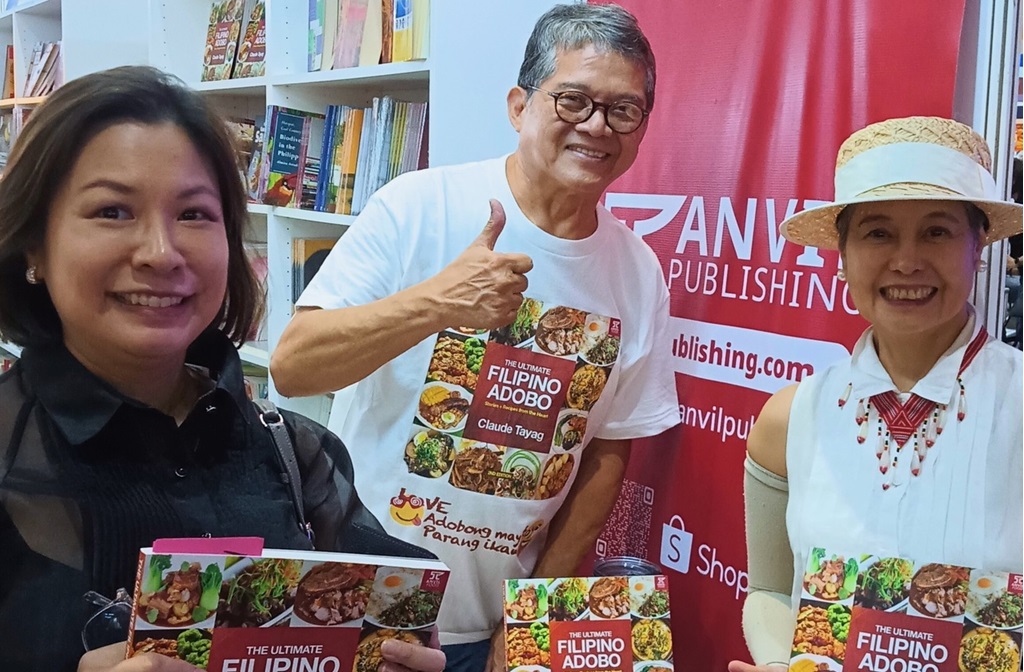By ELIZABETH LOLARGA
THE weather bureau released in alphabetical order the names of typhoons that may hit the country this year, a sign that the dry season is officially over. That shouldn’t discourage those with adventurous palates to squeeze the most out of weekends and holidays and eat their way to a satisfactory burp in the provinces or towns nearest home base.
The rectangular guidebook Linamnam: Eating One’s Way Around the Philippines (Anvil Publishing) by the husband-and-wife tandem of Claude Tayag and Mary Ann Quioc, is road and food trip in one in a size that easily slides into a vehicle’s glove compartment. If you prefer to take public transportation, the full-color, 300-plus page book can still slip into a purse or backpack, its weight minimal.
What’s admirable about this book venture is Tayag’s insistence, before they embarked on the two-for-the-road trip, that he and his wife would pay for airfare, hotel, meals so as not to compromise the book’s integrity. This is where their complementary temperaments came in.
With decades of experience in management (including attending a managing arts seminar to understand a moody artistic husband), Quioc did the logistics and networked with a gas station, a bank (for accommodations and meals charged to credit cards) and a mall so newcomers to a place can head for them for clean restrooms, replenishment of cash and basic supplies. The logos of these silent sponsors are strategically and discreetly placed on maps of every region.
Tayag, a food columnist who’s behind Bale Datung, his home-cum-restaurant-by-reservation in Angeles City, Pampanga, apparently ruled because of the democracy in the couple’s selections.
Quioc, the cautious type, advises food trippers to bring their own citronella candle to shoo away flies, their own tissues, wipes, rubbing alcohol and anti-bacterial gels, not to forget anti-allergy and anti-diarrhea tablets when turning up at a rustic karinderia (food kiosk) where the only drugstore is in the town capitol several miles away.
Apart from helpful tips on location, parking, contact numbers, the authors throw in bits of history and culture (especially the linguistic differences in the naming of a food ingredient or a dining practice). Pouring fat drippings on rice seems to be practiced nationwide. Among the Tagalogs and Visayans, it’s called bahog. In Pampanga, it’s ambula, and in the Ilocos region, lahoy.
The criterion Tayag and Quioc agreed on was “the food should be homegrown, available to the public in restaurants (not places with restricted entry, like exclusive clubs), from holes-in-the-wall to fine-dining finds, food that is store-bought and can be ordered from homes. What is the point of including a dish, no matter how malinamnam (delicious) it is, if only a handful within a social circle can try it? The dish could be traditional, new, or a new take on an old standard. It can also be commonplace, exotic, or sublime.”
The commonplace can mean simple comfort food on a cold, rainy day like lugaw, tokwa’t baboy (lately abbreviated into LTB for rice porridge, fried bean curd and pork in English) at Edison’s Lugawan in San Rafael, Bulacan. What makes it unique is how owner Edison Igaya enriches the broth by cooking an entire pig’s head in the lugaw till bits of brain can be seen swimming.
What better dish to fill in the adjective “exotic” than the infamous Soup No. 5, now renamed “Remember Me?” and served at Tata’s Karinderia at the New Cogon Market in Cagayan de Oro City. It’s a hard-core macho’s dish, believed to have an aphrodisiac effect, because it is mainly the penis and testicles of a bull “boiled together with meat scraps, tendons, and bones in a stock steeped with lemongrass, ginger, and black peppercorns.”
The authors wittily refer to it as a “concocktion” and describe the “ding-a-ling” as rubbery in texture. This makes chewing it seem like having a mouthful of tasteless gummy bears. The traditional side dish for this is boiled saging na saba. Perhaps because the fruit’s simple freshness cleanses the mouth.
For the sublime, the reader tired of meat dishes must vote for the harvests from southern waters. Urbanites will walk a mile for freshly flown oysters from Aklan. Or given the chance, try the diwal or angel wing clams in situ in Iloilo or Bacolod.
Mu Shu Asian Restaurant on Bacolod’s Lacson Street has an innovation. The diwal and its flavorful broth go into its pancit that are actually fettuccine and spaghetti noodles. Pancit diwal becomes a variation of the European pasta vongole.
The last section makes for mouth-watering reading, too. It lists and describes in words and photos where to get the best longganisas, beef tapas, tamales, okoy, banana ketchup (truly made for Filipino taste buds), bottled sardines and the different kinds of vinegar whose sourness must be what makes the Pinoy disposition sweet.


